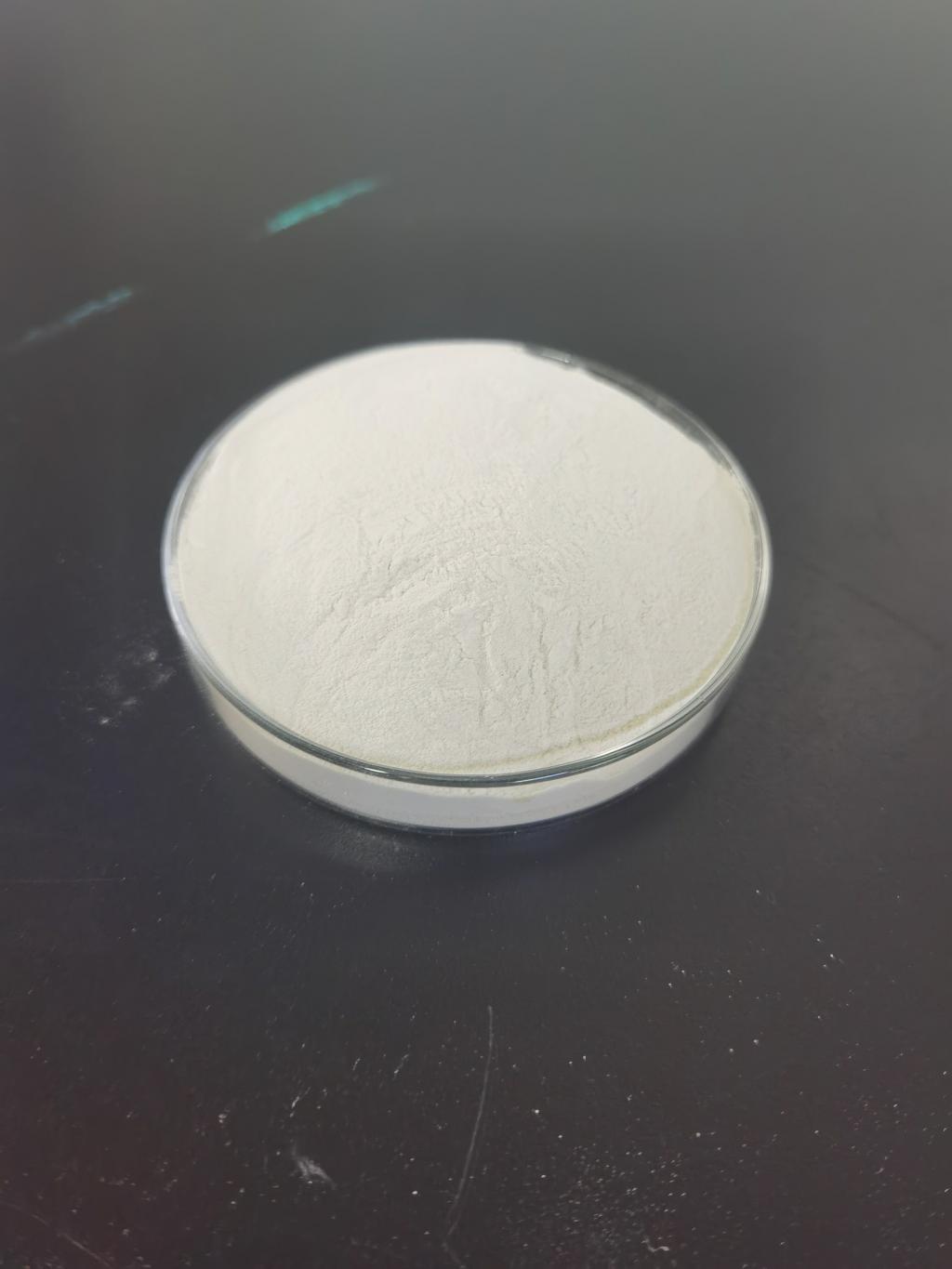Tel:+8618231198596

News
 CONTACT
CONTACT
 CONTACT
CONTACT
- Linkman:Linda Yao
- Tel: +8618231198596
- Email:linda.yao@dcpharma.cn
- Linkman:CHARLES.WANG
- Department:Overseas
- Tel: 0086 0311-85537378 0086 0311-85539701
News
Current Position:
Home >
News
>Nisin's long history of safe use in food preservation instills confidence.
Nisin's long history of safe use in food preservation instills confidence.
TIME:2024-04-03
Origins and Discovery:
Nisin was first discovered in 1928 by French scientist Maurice L. Debrouwer, who isolated it from a strain of Lactococcus lactis found in milk. However, it wasn't until 1947 that its antimicrobial properties were fully recognized by British researchers. They identified nisin as the compound responsible for inhibiting the growth of bacteria in cheese, thus preventing spoilage and extending shelf life.
Properties and Mechanism of Action:
Nisin belongs to a class of antimicrobial peptides known as lantibiotics, which are characterized by the presence of unusual amino acids and post-translational modifications. Its primary mode of action involves disrupting bacterial cell walls, leading to cell lysis and ultimately bacterial death. Unlike conventional antibiotics, nisin targets a specific component of bacterial cells, namely the lipid II molecule involved in cell wall synthesis. This targeted approach reduces the likelihood of resistance development, making nisin an attractive option for food preservation.
Applications in Food Preservation:
The versatility of nisin has led to its widespread use in various food products, including dairy, meat, poultry, seafood, and canned goods. In dairy products, nisin inhibits the growth of spoilage and pathogenic bacteria, ensuring product safety and extending shelf life. Similarly, in meat and poultry products, nisin prevents the growth of harmful bacteria such as Listeria monocytogenes and Clostridium botulinum, reducing the risk of foodborne illness.
Furthermore, nisin is often used in combination with other preservation methods, such as heat treatment and refrigeration, to enhance efficacy. Its stability across a wide range of pH and temperature conditions makes it suitable for both ambient and refrigerated storage, providing flexibility to food manufacturers.
Safety and Regulatory Status:
One of the key reasons for the widespread acceptance of nisin is its long history of safe use in food. Extensive studies have demonstrated its safety for consumption, even at levels significantly higher than those typically encountered in food products. Moreover, regulatory agencies such as the United States Food and Drug Administration (FDA) and the European Food Safety Authority (EFSA) have evaluated nisin and established acceptable daily intake levels, ensuring its safety for consumers.
Despite its safety profile, regulatory agencies closely monitor the use of nisin in food products to ensure compliance with established guidelines. This includes setting maximum residue limits and specifying purity criteria to guarantee the quality and safety of nisin-containing products.
Consumer Perception and Acceptance:
The acceptance of nisin by consumers is largely driven by its reputation as a natural and effective preservative. Unlike synthetic additives, nisin is derived from a natural source (bacteria) and undergoes minimal processing, aligning with consumer preferences for clean label ingredients. Furthermore, the absence of any adverse health effects associated with nisin consumption further reinforces consumer confidence in its safety.
Consumer education plays a crucial role in shaping perceptions of nisin and its role in food preservation. By highlighting its benefits in extending shelf life, reducing food waste, and ensuring product safety, consumers can make informed choices about the foods they purchase and consume.
Future Perspectives:
Looking ahead, the demand for safe and sustainable food preservation methods is expected to drive continued interest in nisin and other natural antimicrobial agents. Research efforts are underway to explore novel applications of nisin, including its potential use in plant-based foods and beverages, as well as its synergistic effects with other natural preservatives.
Furthermore, advancements in biotechnology and fermentation techniques may facilitate the production of nisin on a larger scale, reducing costs and expanding its accessibility to food manufacturers worldwide. However, ongoing research is needed to address challenges such as stability, formulation, and efficacy optimization, ensuring that nisin remains a reliable guardian in food preservation for years to come.
Conclusion:
Nisin's long history of safe use in food preservation instills confidence in both producers and consumers. Its natural origin, broad-spectrum antimicrobial activity, and established safety profile make it a preferred choice for enhancing food safety, extending shelf life, and reducing food waste. As consumer demand for clean label ingredients and sustainable food practices continues to grow, nisin is poised to play a pivotal role in shaping the future of food preservation.
Through ongoing research, innovation, and regulatory oversight, nisin will continue to serve as a trusted guardian, ensuring the safety and quality of food products around the world. By harnessing the power of nature's own defenses, we can pave the way for a more sustainable and secure food supply for generations to come.
- Tel:+8618231198596
- Whatsapp:18231198596
- Chat With Skype







